So in case you haven’t heard, DIS has declared all Wednesdays Field Study Days, which means no student has classes on Wednesdays, and usually a professor will have assigned a field trip on this day of the week. (Sometimes you don’t have anything scheduled though and you just have a nice day to catch up on homework, take a day trip, or just to break up classes!) Anyway, last week my Nordic Mythology class met at the National Museum to see the prehistoric exhibit and it really was incredible.
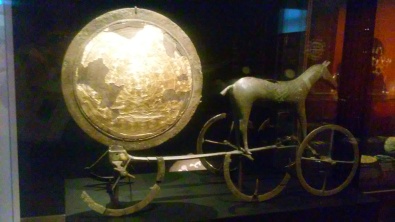
We toured this exhibit more to give us an idea of what archeologists have found leading up to the Viking Age, which is what the class mainly focuses on, but being able to picture even a little about what life was like leading up to this time period helps us to understand the literature we’re reading in my opinion.
Basically everything we saw was astounding. Prehistoric swords and daggers that were hand carved. Golden brooches for the wealthy so skillfully detailed. We even saw some instruments they used to use and for the life of me, I could not figure out how they were played…how did the horns even wrap around their bodies?
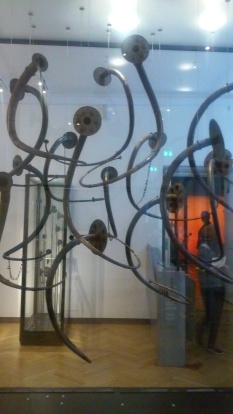
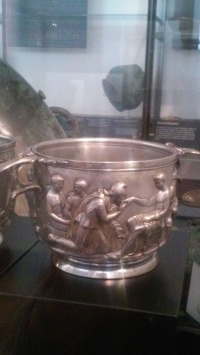
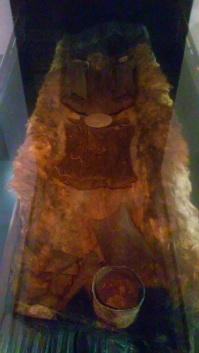
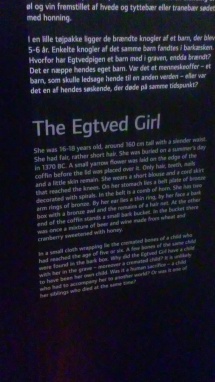
One of the pieces that stuck out the most to me though was “The Egtved Girl”. In 1921, archeologists found the few remains and the clothes of a girl that died around the age of 16 during the Nordic Bronze Age (1700-500 BC). The clothes were fascinating to people at the time because they hadn’t found many outfits like it before: a short cropped top, a skirt made out of a bunch of cords that were stitched together at the top and bottom, and a belt with a gold disc with a spike in the middle of it. My professor explained to us that when the outfit was first uncovered, people thought that there was no way a girl could have gone around dressed that scantily in any era. They thought she must have at least worn another longer skirt underneath the string one that had simply decomposed by now. My professor said this obviously had more to do with the social customs of the time that the clothes were uncovered than it had to do with evidence of the past. “Sometimes, the way we think about the past says more about how we live in the present than it does about the past.” And that really struck me. Because even with all of the different beautiful pieces around us from eras long ago, the best we can do is guess at how and why they were used, how they were made. Written accounts help and we may know more than we used to know (hopefully), but at the end of the day, we weren’t there and we will never truly have a realistic feel for how life felt back then. Our perceptions of it will always be clouded by the culture of our present.
All the same, I think that’s what makes studying history so fun! Trying to piece together bits of the past until we at least have some vague idea of what came before us.

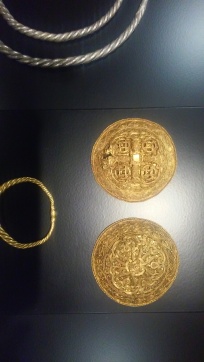
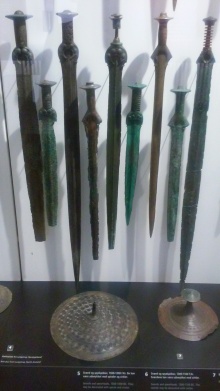
One thought on ““Sometimes, the way we think about the past says more about how we live in the present…””